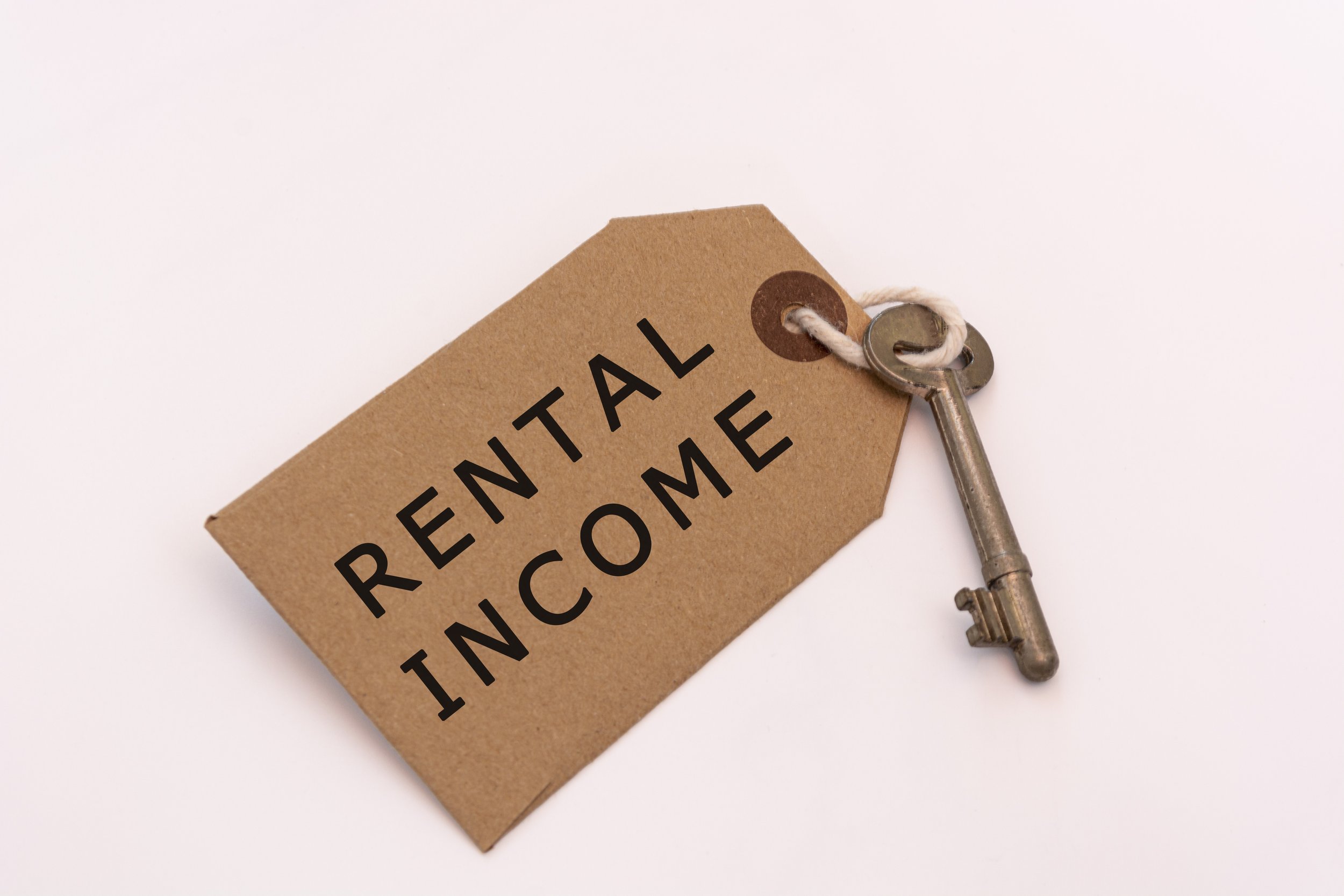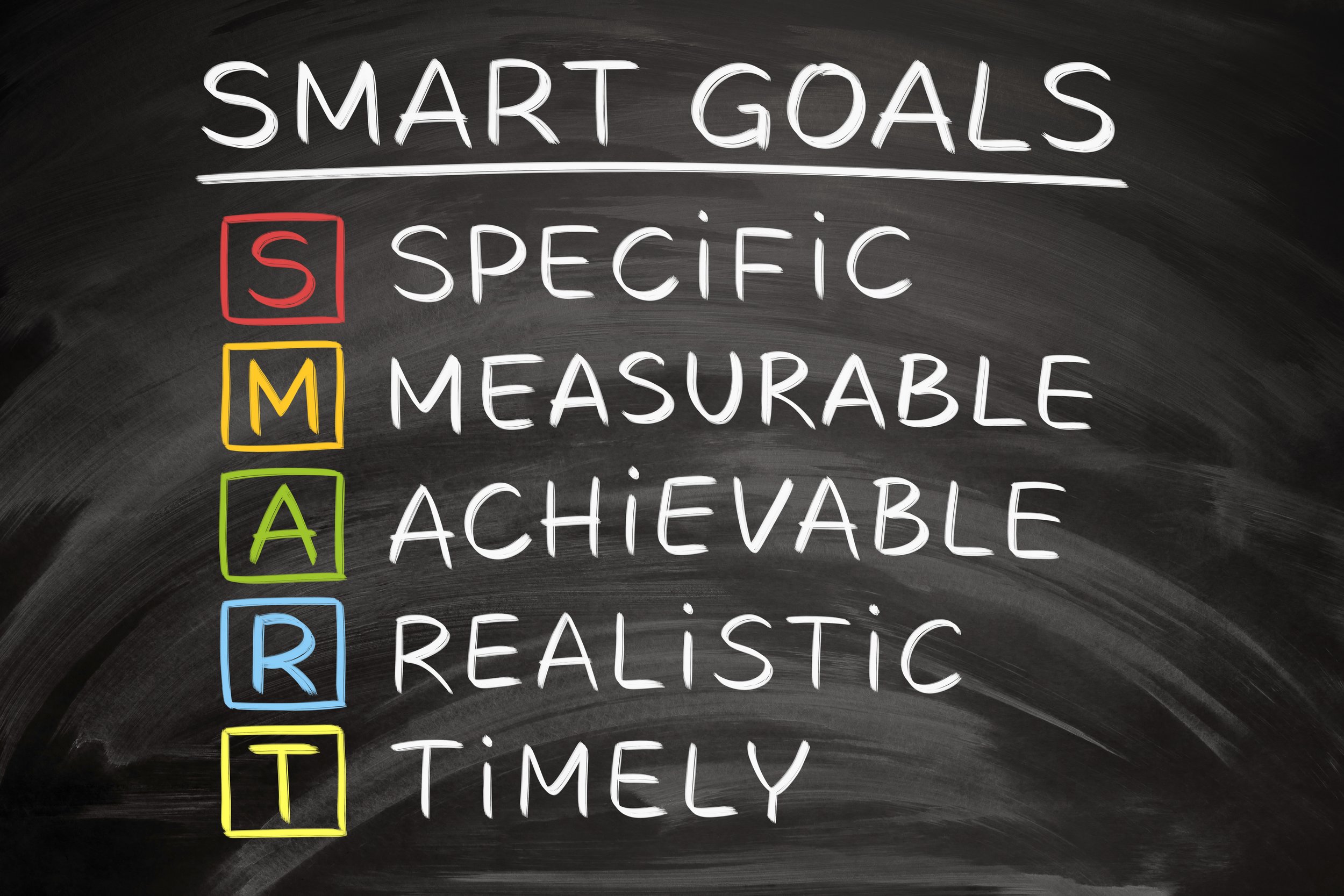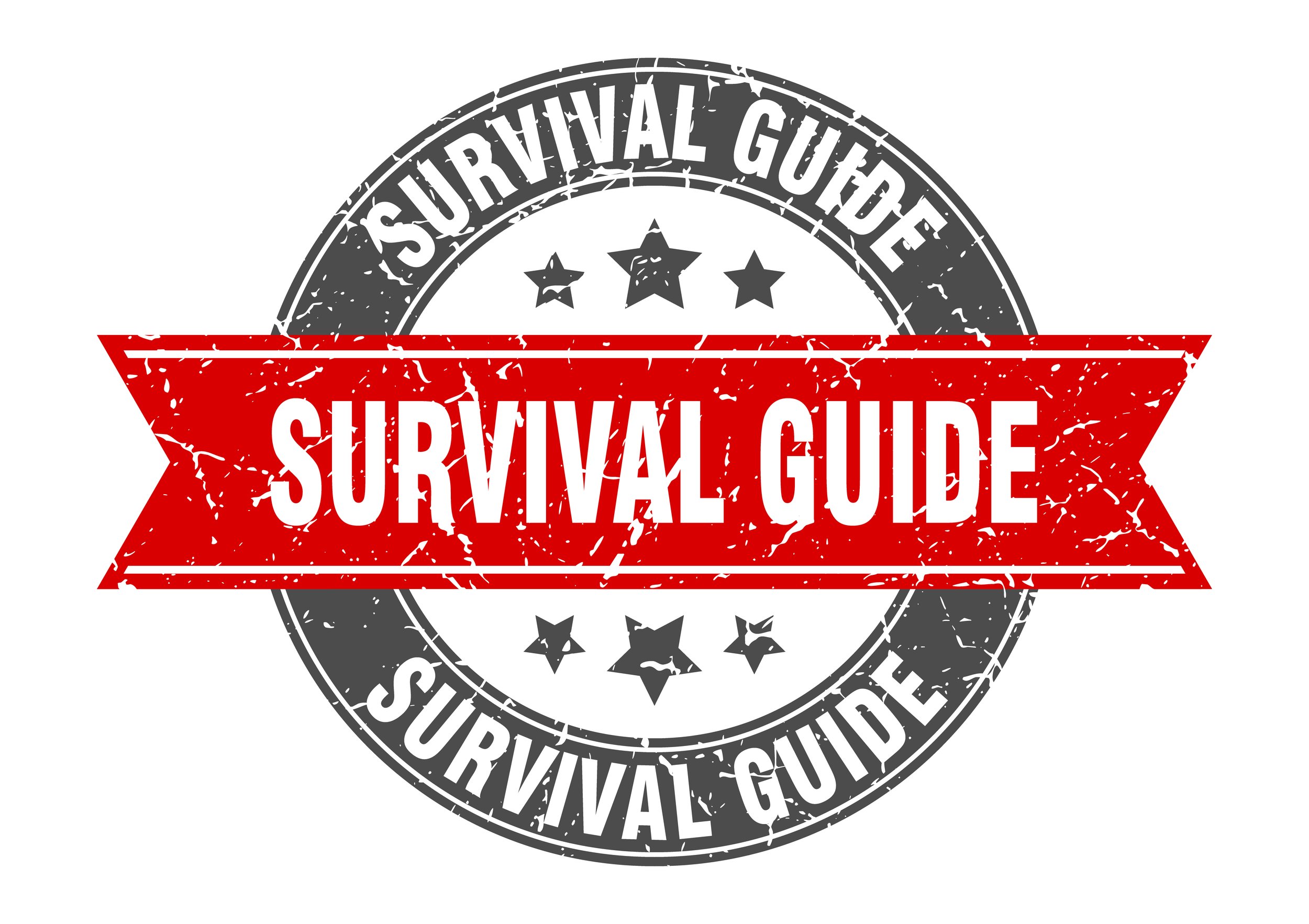Disability Insurance: How To Navigate The Claims Process & Ways To Maximize Your Benefits
Everything you know about how the Disability Claims process works
Introduction
This article outlines the claims process of getting approved for Long Term Disability (LTD) Insurance benefits provided by your employer (or purchased privately by you) and how these benefits interact the Social Security Disability Insurance (SSDI) and Medicare systems. After I became disabled due to blindness I found the process of applying for and being approved for benefits to be frustrating and confusing. I was struggling to personally cope with my loss of eyesight I was overwhelmed with the uncertainty created by not fully understanding the complicated claims process to receive benefits and the significant waiting times of uncertainty that lead to many sleepless nights for me.
I’ve created this guide in the hopes of helping others who find themselves in the situation I was, This is the guide I wish I had along with a few tips and tricks I have for anyone unfortunate enough to need to rely on these safety nets.
If you’re under the age of 35, chances are one in three that you will be disabled for at least 6 months during the course of your career. The financial implications of this are huge!
If you don’t already have Short Term Disability (STD) or Long Term Disability (LTD) Insurance thru your work place I strongly encourage you to consider getting coverage to protect yourself in the even of a life changing disability from an accident or a degenerative conditions such as what I suffer from. It’s relatively inexpensive for the amount of protection it offers. Policy Policy Genius is a great way to shop for insurance because it compares prices from multiple providers to ensure your get the best deal possible.
Please Note: SSDI and SSI are different programs this article focuses on the SSDI program which is a public insurance program paid for by payroll taxes during your employment. Your payout amont is directly related to how much you’ve paid into the system vs SSI which is a welfare program paying individuals regardless of if they’ve ever been gainfully employed or paid taxes.
Disclaimers
Please Note: I am not a lawyer, insurance expert, or doctor. I am sharing what I’ve learned from my experience. Your situation, medical condition, and policies may be different than what was available to me. Use this information as a starting point as you plan for your unique situations. All information is current (2023).
Fraud Notice: I am providing this information in an effort to help those unfortunate enough to need to utilize these safety nets.
Unfortunately, the disability benefits system has a fraud problem. In response, the process has become slower, and more complex. This ultimately hurts the very people these programs were intended to help.
If you know (or suspect) anyone who is improperly collecting disability benefits, I encourage you to report them to the proper authorities so they can be prosecuted for their crimes.
Understanding the complicated claims process of disability insurance is imperative
The Process Of Transitioning From Working To Benefits
This is a multi step process involving multiple stakeholders, lets quickly review they them so you get an understanding of the entire process before diving into the details. This section is a bit long so I’ve provided jump links below so you can quickly jump to the section you are interested in.
Basic Steps:
Short Term Disability - STD (typically 90 days if offered by employer)
Long Term Disability - LTD (starts after STD expires if offered by employer)
SSDI (start application 6 months after first day of becoming disabled)
You’ll also be dealing with multiple stakeholders, different insurance, medical, and government programs at each step, lets introduce who they all are.
Stakeholders:
Yourself
Your Employer
Your Doctor
Insurance Company
Lawyer (likely hired by insurance company)
The Government SSA Office
GEEZ! Who knew disability benefits were so complex and involve so many different people/ organizations for just one cae! Keep in mind on top of dealing with all of this you’re likely dealing with a life changing disability as well! But have no fear I’ll walk you thru the details step by step!
Medical Leave of Absence
The first thing that happens when you are unable to continue working due to a disability is you will be placed on a medical leave of absence by your employer. At this point, you are still employed at the company and will continue to qualify for employer benefits such as medical insurance. You will likely be asked to pay the premium for medical insurance and other benefits at this time because the employer is no longer deducting them from your regular paycheck (since you are no longer being paid). That’s right. You will go from receiving a regular paycheck to paying your employer! This is where having 3-6 months saved up is important because there will be more costs down the road.
Short Term Disability - STD (typically 90 days Check Your Policy)
Next, HR will initiate a short term disability claim with the insurance company by sending them some forms. The insurance company will then request more information from your HR department and will also send you some forms for you and your doctor to fill out explaining the nature of your disability. If all goes smoothly, you’ll start receiving benefits after the exemption period. In my case, I received 60% of my base pay after the two week exemption period was completed. I was also back paid for the 2 weeks I was waiting for benefits to be approved. The policy I had didn’t consider bonuses or commission part of my base pay. If your are a paid largely in commissions or receive large bonuses as part of your compensation this is a fact you may need to consider.
Long Term Disability - LTD (typically ranges from 2 years to retirement age. Check your policy)
Once STD is used up (in my case 90 days), HR and the insurance company will start a LTD claim. You may be asked to go back and see the doctor at this time. This approval process may take some time depending on your situation. In my case, my company knew I was going to be a LTD case since my condition isn’t curable, so they worked with the insurance company to get the claim completed ahead of time. If your disability unexpectedly exceeds the 90 day STD policy, you may see an interruption of benefit payments while the long term disability claim is being processed.
Once your LTD claim is approved, it is presumed you will not be coming back to work. I went through a medical layoff. Basically, this means I wasn’t fired and I didn’t quit, but my employment was ended due to a medical conditions. This is similar to releasing a football player from a team due to injury. These details are important for claiming government benefits. (We’ll get into this below) At this point, you are no longer an employee of the company, and any benefits you were receiving will end.
FYI: LTD may periodically ask you to go in for a follow-up to ensure you are still disabled. They’ve asked me to do this twice so far.
COBRA Medica Insurance (starts after medical layoff)
COBRA is an extension of your company's medical insurance. However, you pay the full amount of the policy premium. You can choose to continue with the insurance you had as an employee paying the COBRA premium (Mine was $745 a month for one person), or you can choose to find a policy on your own. I highly recommend you maintain continuous insurance coverage. If you allow your policy to lapse you may not qualify for Medicare benefits. These benefits could be an enormous cost savings to you in the future. (We will discuss Medicare below.)
You can keep COBRA coverage for up to 18 months after you are no longer employed. This can even be extended sometimes with qualifying events such as disability or death of a spouse. Check your policy and make sure you understand your coverage.
I opted for the COBRA plan. It may not have been the cheapest, but I had a lot on my plate at that point in life, and the insurance was very good. Sometimes “D” for done is better than not done at all.
Social Security Disability Insurnce - SSDI (start application 6 months after first day of becoming disabled)
Six months from the date you were determined to be disabled you will become eligible to apply for SSDI benefits.
Please Note: Your LTD policy may consider you disabled even if SSDI doesn’t. That being said, these are two independent programs. You may qualify for one and not the other, or (like in my case) you may qualify for both. If you do qualify for SSDI benefits, that amount may be deducted from your LTD benefit payment. Check your policy.
Policies may differ here, but in my case this was good for the following reasons.
My LTD benefits were fixed and didn’t include a yearly cost of living adjustment like some do. But benefits from SSDI do increase yearly based on the cost of living adjustment (COLA) rate released by the government. The 2022 increase was 5.9%, and 8.7% in 2023 that’s a 15.1% raise over 2 years, not bad!
If you qualify for SSDI, you will most likely qualify for Medicare (a subsidized healthcare program) later.
For my SSDI claim, my LTD insurance provider contracted an outside law firm to assist in filing it. The lawyer was provided at no cost to me. There is some debate online about whether you should take this free lawyer. Some people think you should get your own lawyer to represent you.
A few things to consider:
The goals of the LTD provider and yours are aligned when submitting a claim for SSDI benefits.The insurance company will save money by deducting the initial benefit determined by SSDI. You keep the yearly COLA increases and qualify for cheap medical insurance (Medicare).
A private disability lawyer typically wants a 10% cut of all benefits paid out by SSDI. I was 33 at the time and my SSDI benefits (if approved) would pay until age 67. That meant the lawyer could be collecting a considerable amount of my money over the years - well north of $100K in my situation. Not a very good price for a relatively simple case.
Needless to say, I took the free option and it worked out fine. The lawyer filled out some paperwork, SSDI asked for medical records, and then I received a notice to go see a doctor they had picked. Their doctor made the same assessment that mine had, and the case was approved by SSDI in about 4 months.
Please Note: If you do not have STD or LTD, in this example you would not have been paid for 10 months (6 month waiting period + 4 month processing to be approved). This was actually considered a relatively quick approval time for SSDI. Many people experience a longer process.
*Having an emergency fund is extremely important when you go through this lengthy process!
When my case was approved by SSDI, I received a check from them for four months of benefits- back pay for the period my application was being reviewed after I applied. Just a heads up- the LTD company will ask for the backpay on overpayments that should have been deducted from their benefits to you while you were waiting for SSDI approval. In my case, this amount was around $10K. So fair warning- That first check isn’t really for you. Don’t go spend it all in one place. (If you don’t have LTD and are just claiming SSDI, this won’t be an issue for you)
Medicare (24 months after being approved for SSDI)
After 30 months (6 months to quality for SSDI + 24 months of active benefit entitlement), you will be eligible for Medicare. I paid for COBRA coverage $745 a month for 30 months for a total cost of $22,350 while waiting to qualify for Medicare. My new Medicare insurance premium is $174 a month, which is a $6,852 savings per year. However, Medicare isn’t as good as my old insurance plan, and I will have to pay more out of pocket. But considering I’m still a relatively young 35 and have no medical conditions (other than being blind), I’m willing to settle for the base plan. There are supplemental plans you can choose if you need additional coverage for prescriptions, etc. but they do come at an increased cost.
Ongoing Eligibility
So now you’ve receiving income from multiple source, however it may not be as much as you were previously making (in my case it’s 60% of my prevous base pay. If you are able you may want to try and earn some income to supplement these benefits to live more comfortably. Keep in mind, while this is allowed, there are some income limits to maintain eligibility for these programs.
Long Term Disability - LTD
To remain eligible for my LTD policy, I can make up to 95% of what my qualified base salary was in earned income. The policy states I am no longer “functionally disabled” after this point. Which makes sense. Also I need to report earnings to them if I start working again. If my income exceeds 40% of what my qualifying base salary amount was, the LTD benefit will start being reduced to ensure I don’t exceed the 100% net earned income that I was insured for.
Social Security Disability Insurance - SSDI
To remain eligible for SSDI, you can make earned income up to what is called the Significantly Gainful Activity (SGA) Limit. For the year 2023, this is $1,470 and $2,460 for blind individuals.
Now you might be wondering why blind people have a higher SGA limit in the SSDI program. Great question! Turns out blind people have lots of preferable treatment throughout the legal system. As for why, I’m not entirely sure. Some people have told me it’s because blindness is a hard disability to fake. Others have told me a lot of this legislation was passed after WWII when wounded veterans were coming back to United States. A common injury was blindness due to the advent of chemical weapons such as mustard gas being used.
Medicare
All individuals who qualify for SSDI also qualify for Medicare after the 24 month qualifying period which starts when you apply for SSDI benefits (6 months after becoming disabled). This means the income limits for Medicare as a disabled person are the same as they are for SSDI.
Please Note: SSDI and SSI are different programs. If you are on SSI, the income/ asset requirements are much more restrictive and are outside the scope of this article.
Additional Sources Of Income
You’ll notice I was very specific about earned income above. That’s because these policies were designed to insure you against the risk of losing the ability to earn wages due to a disability event. These are insurance programs that you paid for, not welfare programs such as SSI, so they are not means tested.
This means that net assets and non-wage or unearned income aren’t counted against these limits. The terminology between the programs is different but what is considered earned/ countable income is similar.
Long Term Disability – LTD
LTD doesn’t count unearned income toward your income limit. This includes income such as rental income, dividends, capital gains, qualified benefits, gambling winnings, and gifts. Your policy should have a list of what is considered countable income. As with everything else in this article related to LTD benefits policies are different so check yours!
SSDI & Medicare
These programs use the Significantly Gainful Activities (SGA) definition for counting income.
Countable income includes regular wages, self-employment income (income minus expenses), and other labor that could be considered as having reasonable value. (This was added to keep farms and family businesses from hiding countable income)
This means you can earn as much money as you want from rental properties, dividends, capital gains, etc. You could also win the lotto, get gambling winnings (as long as you don’t go pro), and receive gifts or a large inheritance. Remember these programs insure against the lost ability to earn wages due to a disability and eligability are not based on net assets you own or investment income.
Avoiding common mistakes along the process is important!
Mistakes To Avoid
So far we’ve covered how you apply/ become enrolled in benefits, and how to maximize your income, lets review a few common pitfalls that will lower or exempt you from benefits you are entailed to. Many of these mistakes are made by people simply trying to do the right thing but not fullying understanding how these benefit programs work.
1) Not working as long as you possibly can!
If you become disabled it may be tempting to give up, but the longer you work, the more SSI taxes you pay into the system. Your SSDI payment is calculated based on your ranking on the Average Indexed Monthly Earnings Table (AIME). This is then plugged into This is the PIA Formula for a final payout amount. This amount ranges from 0 to $3,627 a month, with an average of $1,483 for 2023. Keep in mind SSI pays $914, so if you have little work history you’ll likely end up on SSI if you become disabled.
In short, it is in your best interest to work as long as possible so you’ll receive a higher SSDI check when the time comes. Even if you qualify for SSDI if you are still able to perform your job functions with reasonable accommodations I’d encourage you to keep working a few more years to maximize your SSDI payout in the future especially if you are relatively young and expect to collect benefits for a long period of time.
2) Don’t get fired.
If you get fired, you will not be able to collect on LTD benefits offered by your employer and collecting SSDI will be more difficult. If your performance at work is suffering due to vision loss or another disability, communicate that with your employer to find reasonable accommodations or decide if continuing employment is appropriate given your condition.
3) Don’t quit
This is the absolute worst thing you could do. If you quit your job, you will lose your LTD benefits entirely. If you are struggling, talk to management or HR or take some time off to recharge. I understand how frustrating it can be to fight through a disability, but giving up will only hurt your future prospects.
4) Don’t take a lower paying role or reduced hours.
In my experience, most people want to help, especially if you’ve been an asset to your workplace over the years. That being said, attempts to accommodate may actually lower your LTD benefits which are based on your recent pay, or SSDI benefits which use a complicated average of past years pay. If a lower paid position or reduced hours are being discussed as part of your accommodations, you need to start the disability claim process. Most disability policies have part time work or reduced employment clauses that allow you to continue doing some work while receiving benefits to compensate for your lost/ reduced wages.
If your only wage protection is SSDI, then it might actually benefit you to work longer as it may increase your AIME score. This could lead to a higher monthly SSDI Benefit. Click Here to learn more about how the AIME score is calculated.
5) Don’t make assumptions…
There is a lot of bad information about how these benefit programs work out there (a big reason I wrote this comprehensive guide). Some information isn’t current, some people mix up SSDI and SSI, and there is a wide range of individual STD, and LTD plans out there.
Get the facts!
Ask your employer if they have STD and LTD policies. If the do, Great! Then review those policies if they do.
What are the exemption periods?
How long is the benefit period?
How are benefit amounts calculated?
What qualifies as disabled?
These are all relevant questions that vary from plan to plan
For example, LTD policies range from two years all the way to retirement age. If your making life changing decision it is imperative you get the facts.
6. Make a cash flow plan
Walk through the timeline I outlined above. How much will you be making in each stage? What if a step is delayed? Make sure you have enough money saved up. If you are relying purely on SSDI benefits, you may be waiting up to a year to get a regular monthly benefit and 30 months to qualify for Medicare. That is a long time to go unpaid and pay private medical insurance! Plan accordingly.
Tax Advantages
I’ve learned that it’s not all about the money coming in. There are ways to reduce how much money you spend, especially when it comes to taxes.
File Federal Taxes as A Blind Person
One tax benefit all blind people should exercise is filing their taxes using the standard deduction for the legally blind. It is higher than the normal deduction, and many tax preparers miss this easy win.
Check your State, County, and Local Tax Laws
If you become disabled, you may want to look into state, county, and local rules, tax breaks and exemptions. For example, where I live in Arizona, disabled individuals may qualify for a property tax exemption. In my case, this saves me around $2,800 per year, which is significant when extrapolated over the duration of my life.
Talk to your CPA or do some Google searches. I’ve found benefits when looking for “Tax Exemptions For Disabled Individuals in (state / county / city)” and “Tax Benefits for Veterans in (state / county / city).” Many programs passed for veterans also add disabled individuals to the legislation.
Final Thoughts
Hopefully this detailed overview of the LTD and SSDI processes is helpful to anyone who is trying to navigate these safety nets.
If you're already receiving LTD benefits, SSDI benefits or both like me, I strongly encourage you to review your policies and see how much earned income you can get without compromising benefits, a few hundred dollars from a side hustle could make a big difference getting the monthly bills paid. What types of unearned income could you pursue to live more comfortably? And of course, don’t forget to look for any tax breaks you may be eligible for. These laws and benefits have been put in place because society recognizes how difficult it can be just to live our day to day lives as a disabled person, yet alone make ends meet. You should make full use of every benefit you can!
Make sure you Join our Community so you don’t miss out on future updates!


































